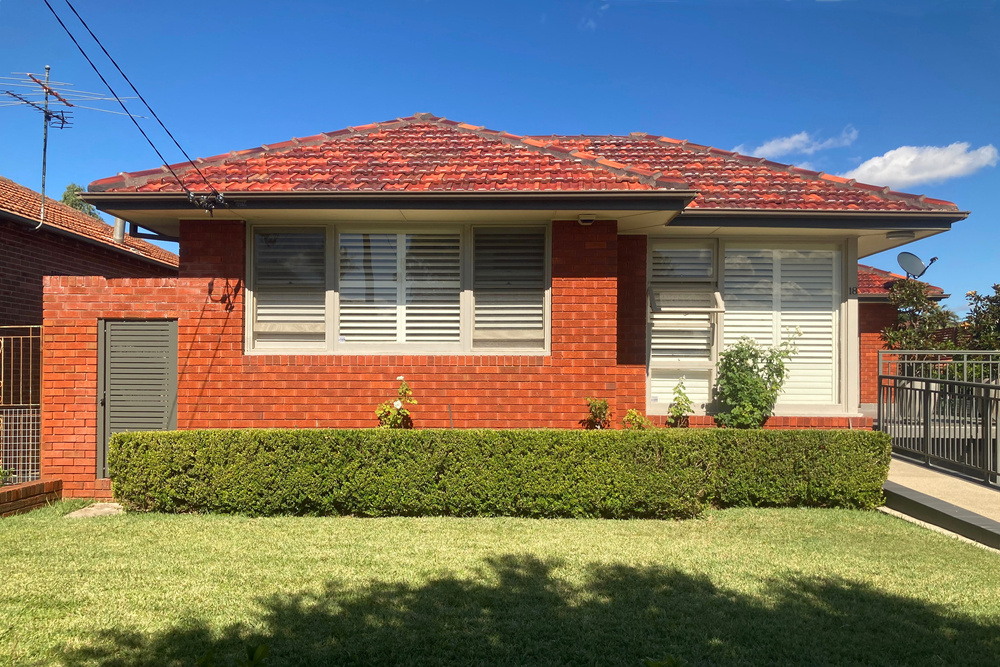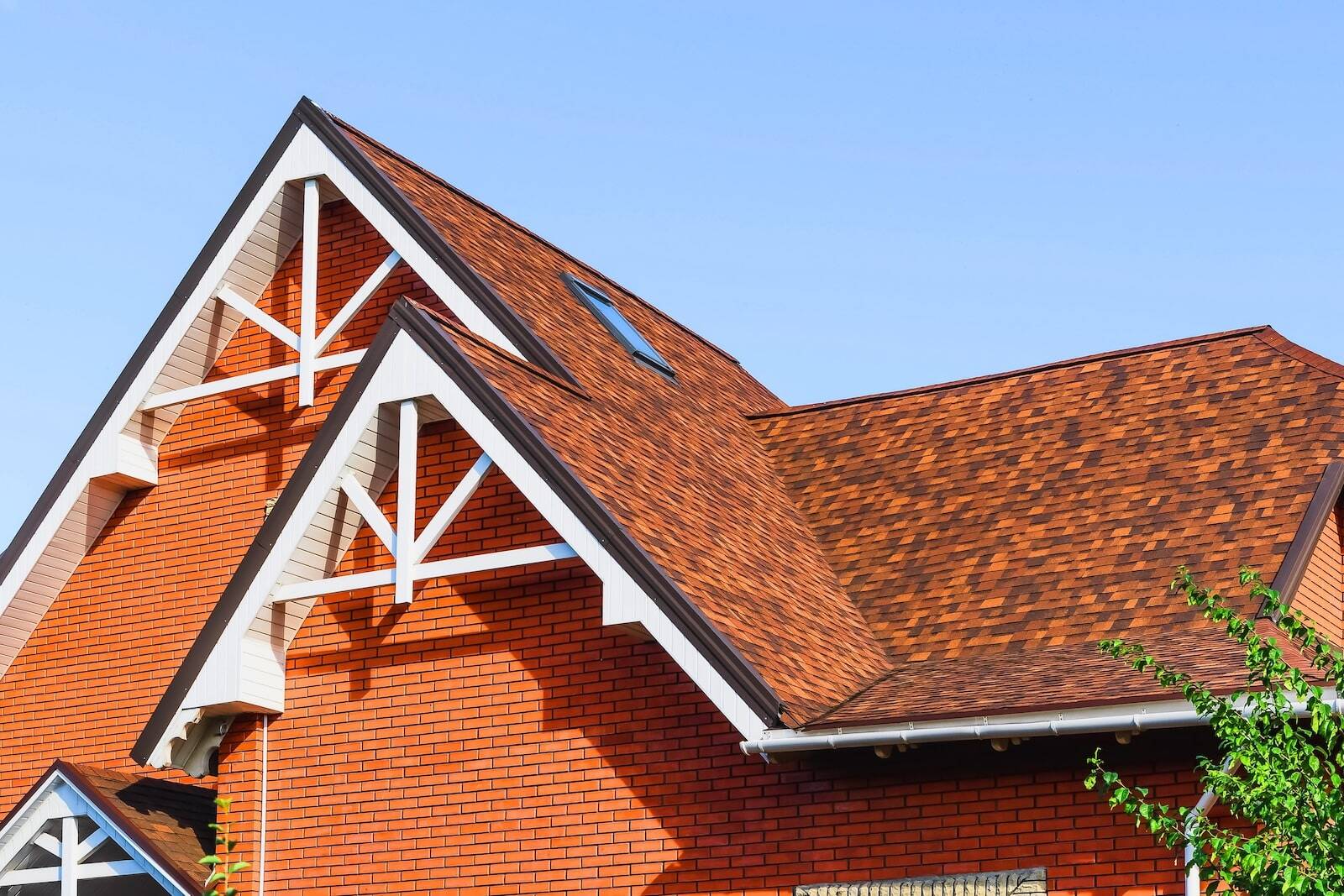
Aug
4 Things to Consider Before Restoring a Heritage Roof
In this post, we discuss 4 things every Brisbane homeowner needs to take into account when planning a roof restoration on an old or heritage roof.
When the need for a roof restoration arises, many homeowners choose roof replacement over a restoration. After all, replacing a worn-out roof does sound like a better investment. Especially since a brand-new roof lasts longer than a restored one. But there are roofs in Queensland’s capital that are better restored than replaced, as conserving them benefits all of us.
Many of these roofs are heritage roofs - traditional, in classic styles like mansard roofs, and made of traditional roofing materials, like slate shingles. Conserving them by restoring their roofs when needed lets us and future generations enjoy these old yet magnificent structures.
If you have such a roof you need restored, consider these 4 things when planning its restoration to guarantee that it’s brought back to its former glory:
Find out whether you need a permit
A permit is a legal document allowing land to be used in a certain way or development to be done on it.
To get a planning permit, you need to make an application to the city council. Not all applications are accepted as some proposed land uses and developments are prohibited, so find out first whether you need a planning permit by talking to the council planner, whose job is to give advice about planning matters.
If you do need a planning permit, get a copy of the planning scheme provisions before making your application. The council needs them to assess it. For a better chance of it getting accepted, ask the council planner whether the council is likely to support it and ask their advice.
Focus on the big picture when it comes to the style
There are many different traditional roof styles and many heritage buildings and roofs can be found in the same area. Make sure you know the history of the structure and the type of roof suited for it.
If there are other heritage buildings and homes close by, consider this when doing any restoration work, as these structures and their cultural significance also work together as a whole.
Keep the special features in mind
Heritage roofs have special features that you need to keep a close eye on and ensure they are restored right. It can be a tricky job, so it's important to employ roofing specialists that have experience with heritage buildings.
Examples of common heritage roof special features are dormers. These are windows that stick out from sloping roofs. Their sides create vertical walls similar to chimneys. To keep water from getting in, protective layers are installed between the roof and one of the walls. Two of them are water-resistant underlayment and step flashing. The underlayment is a barrier made of water-resistant material, like asphalt-saturated felt. Step flashing is the protective layer made of metal.
Restore the original colour
Heritage roofs have a distinctive look to them not only because of their classic designs but also because of the unique colours.
Examples of the many heritage roof paint colours available are a light brown that resembles the natural colour of cedar wood, a brownish burgundy similar to redwood and a deep grey that’s close to the colour of slate.
Find out the colour your roof was originally painted with and mention that to the restorer so the right one is used.



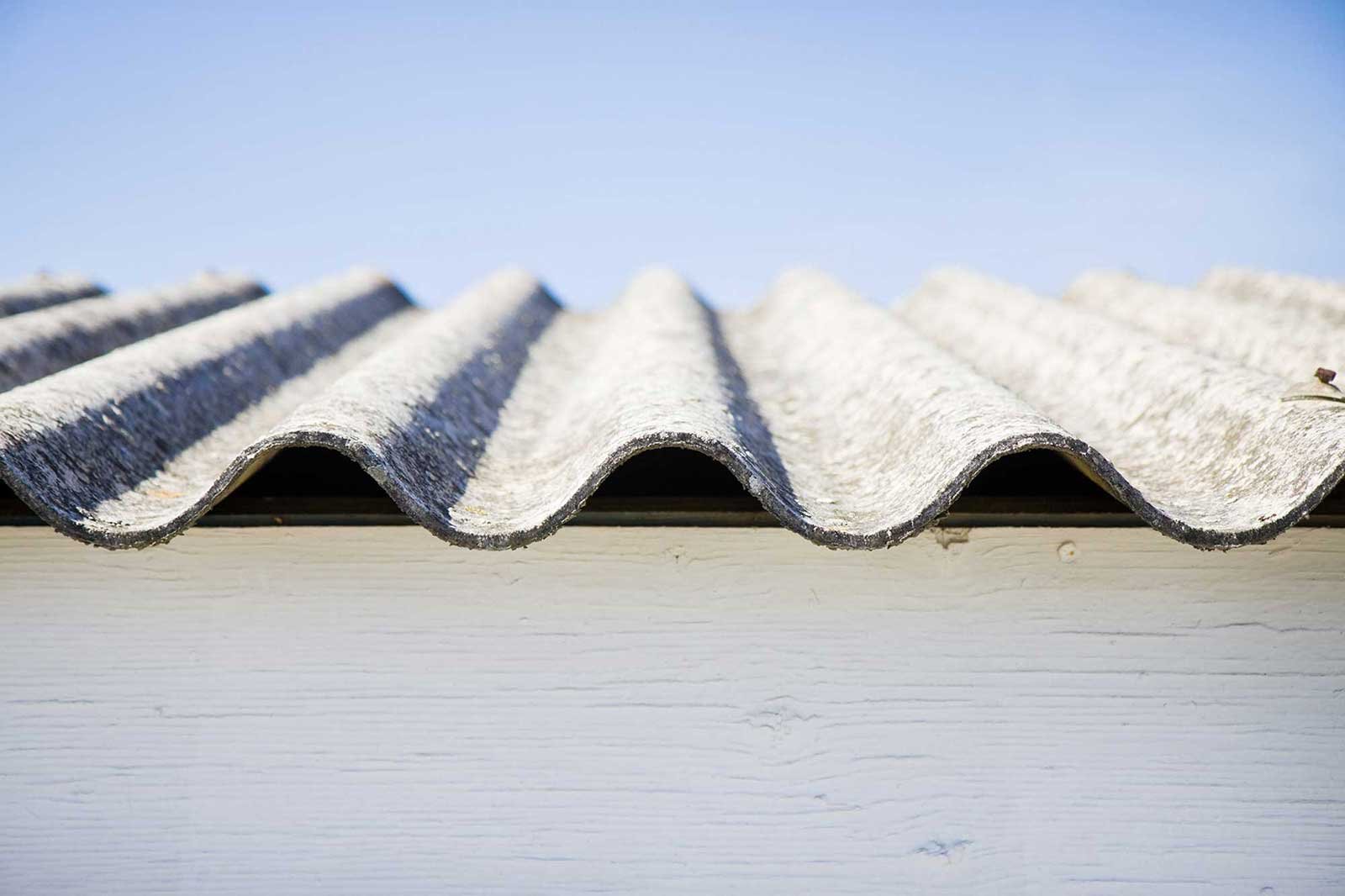





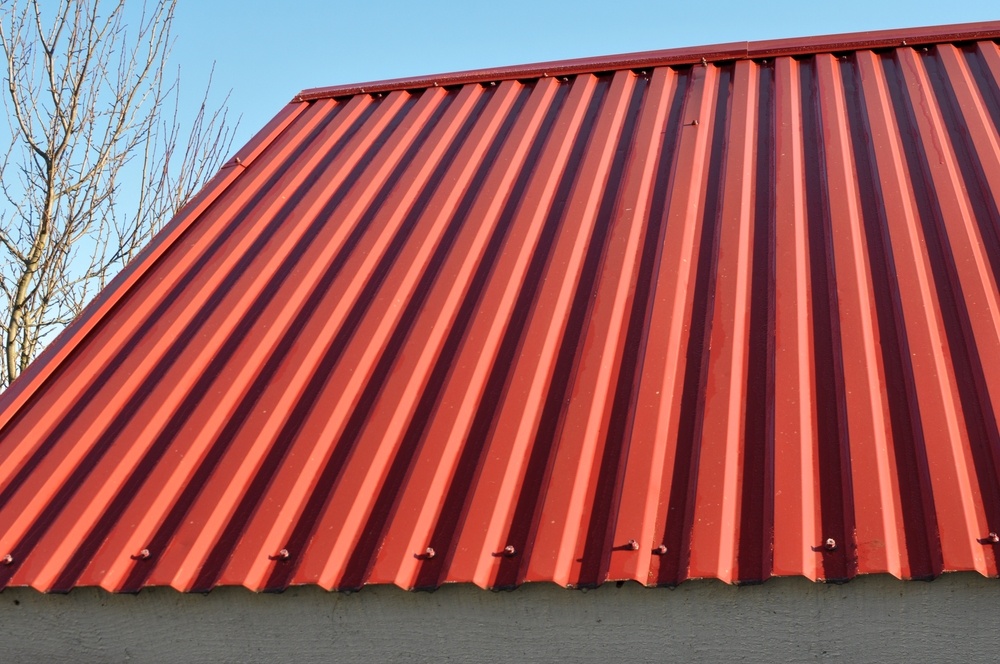
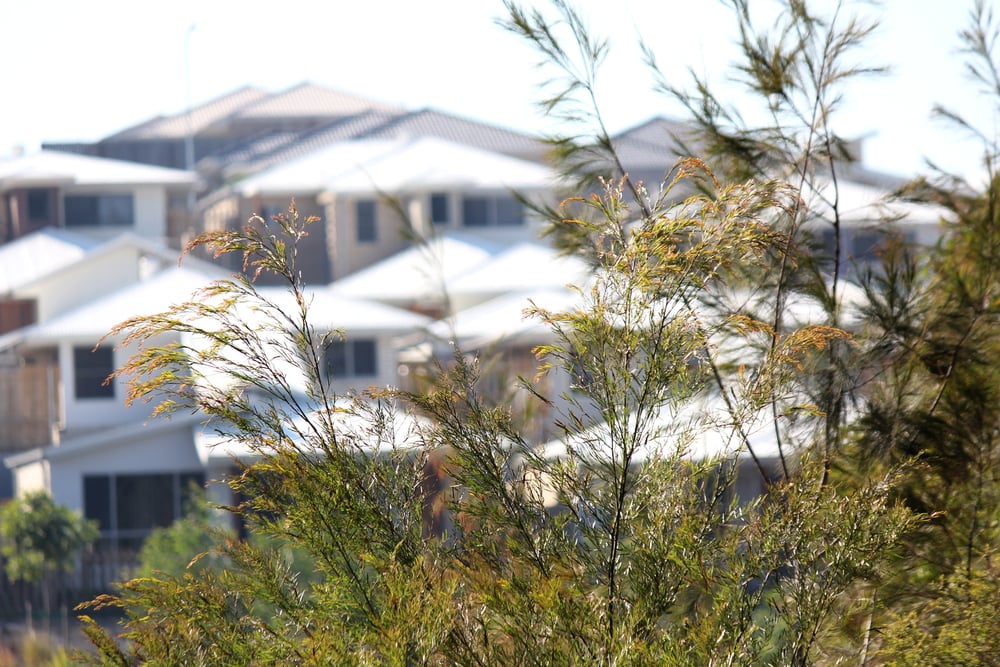

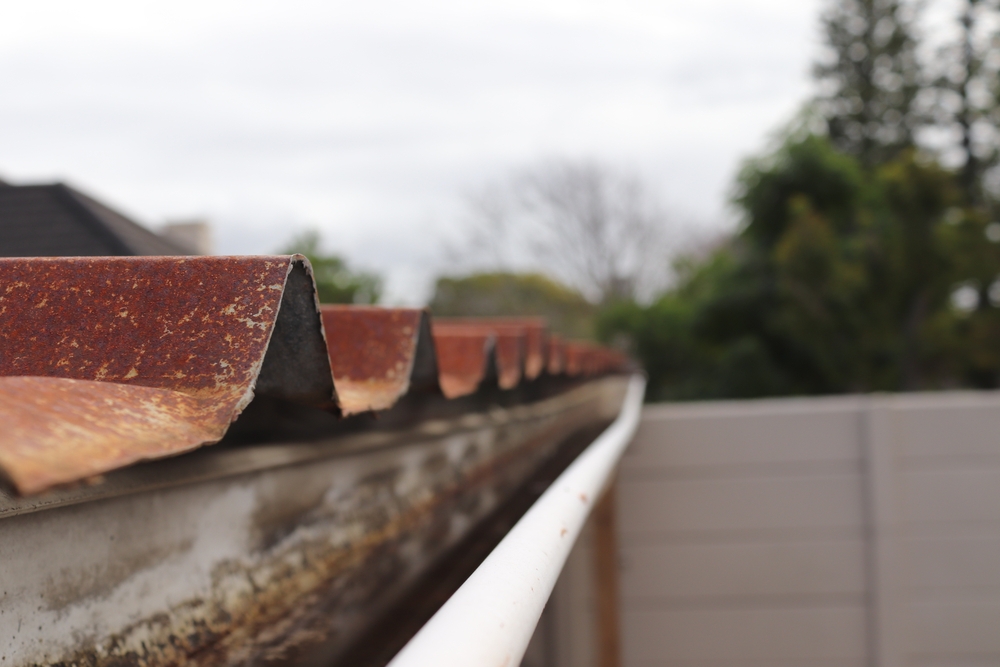
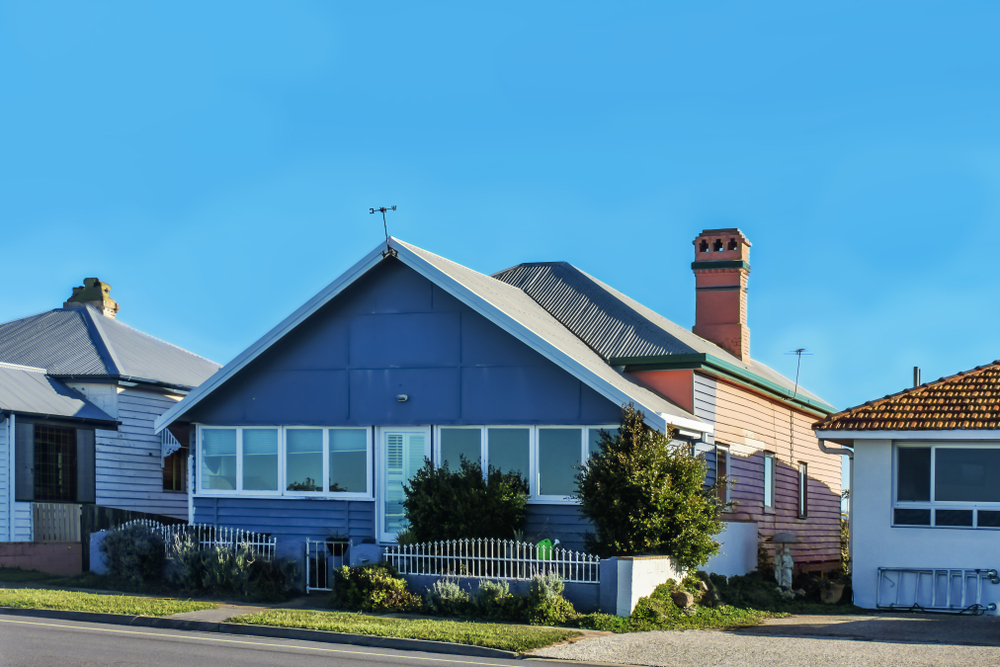
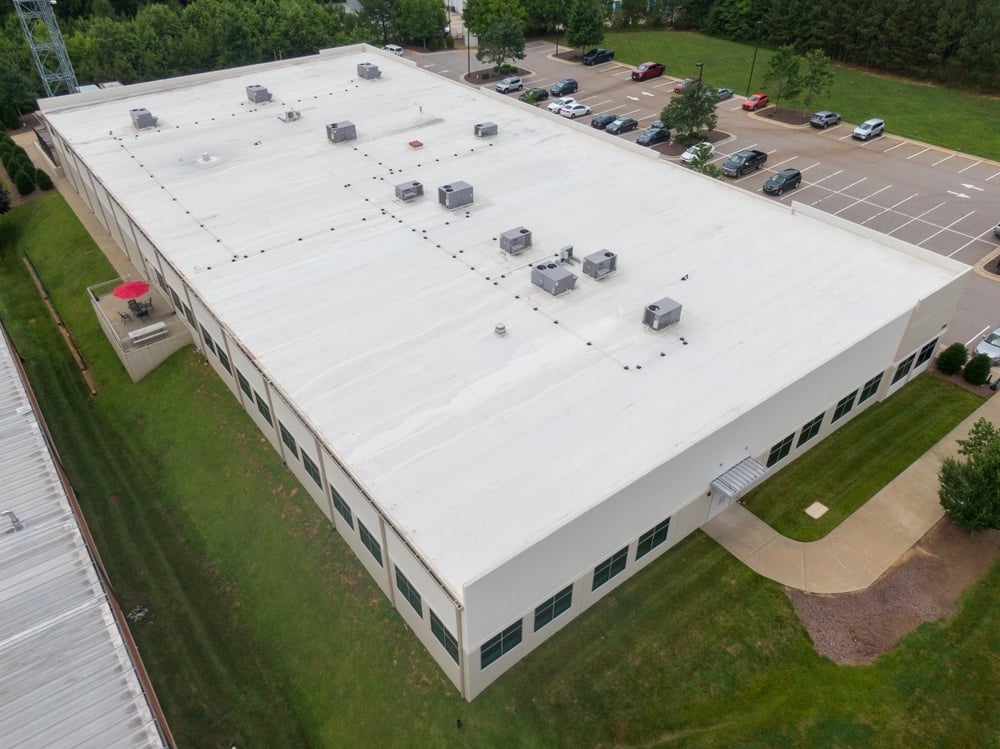
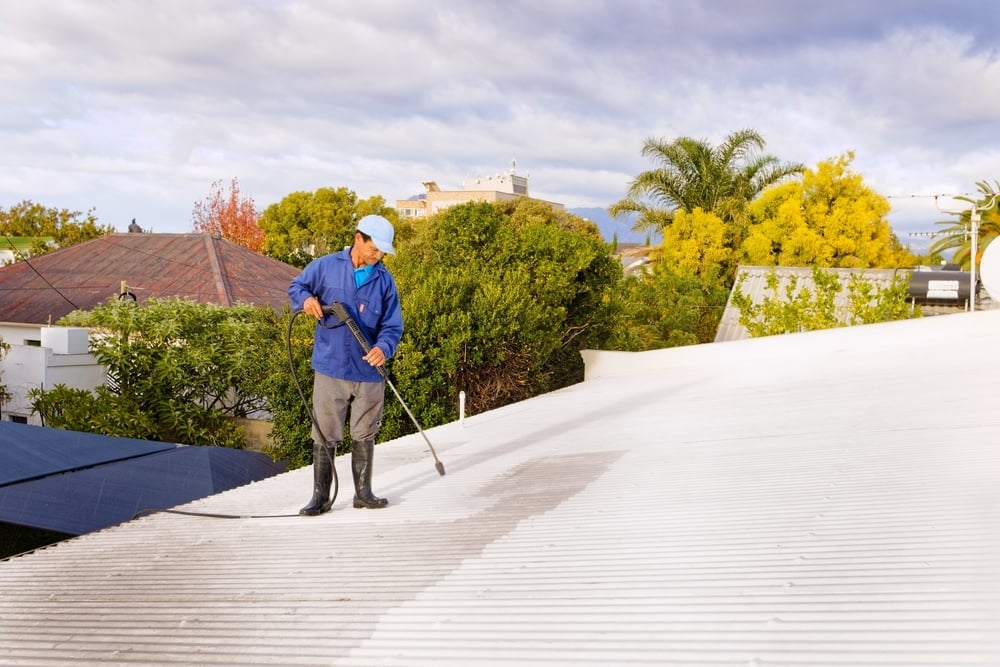
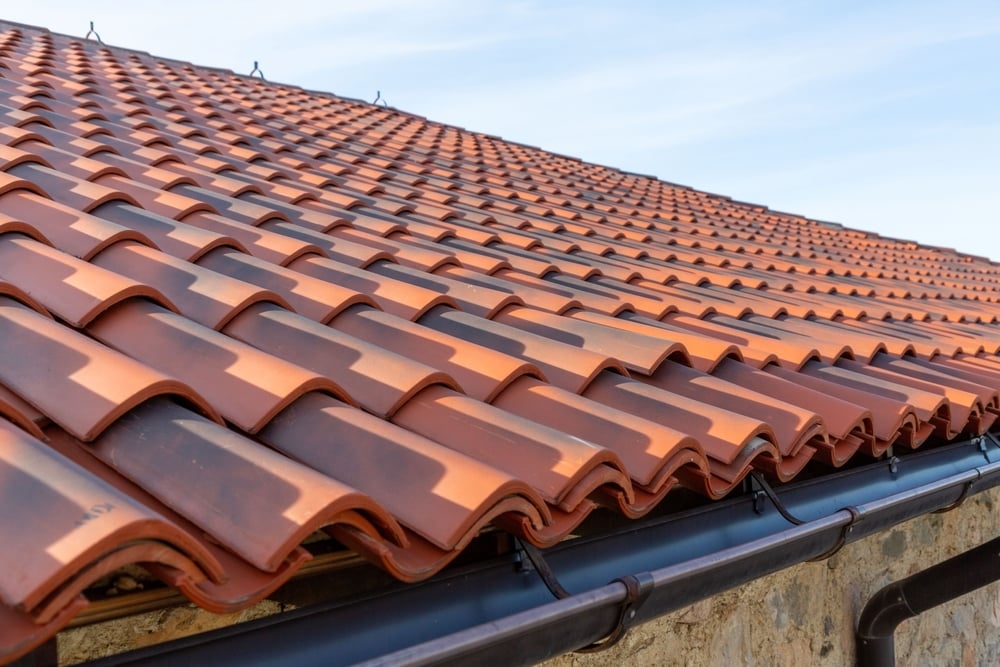
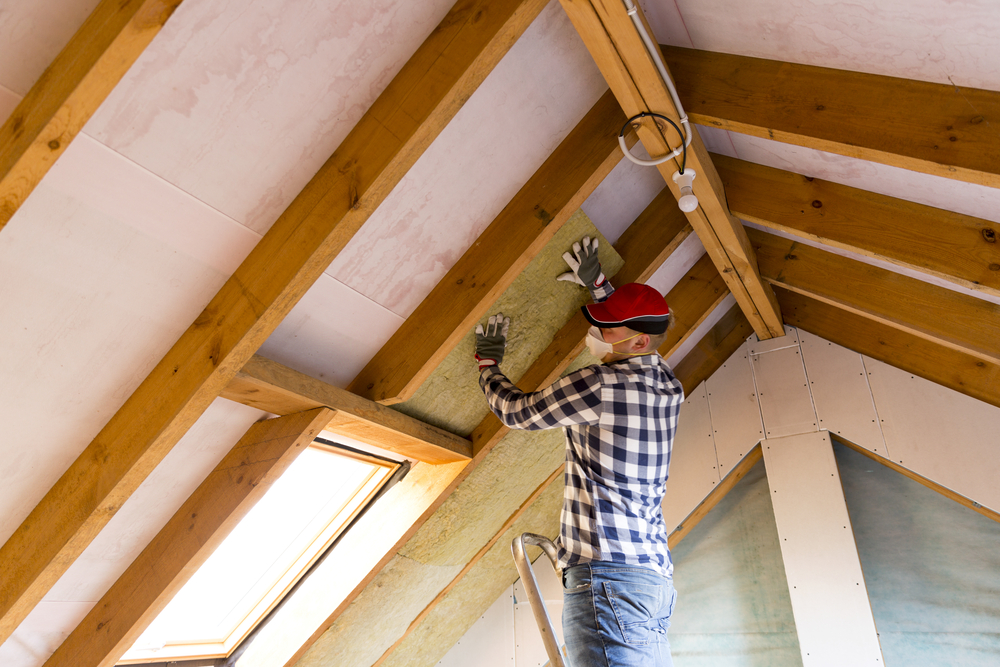
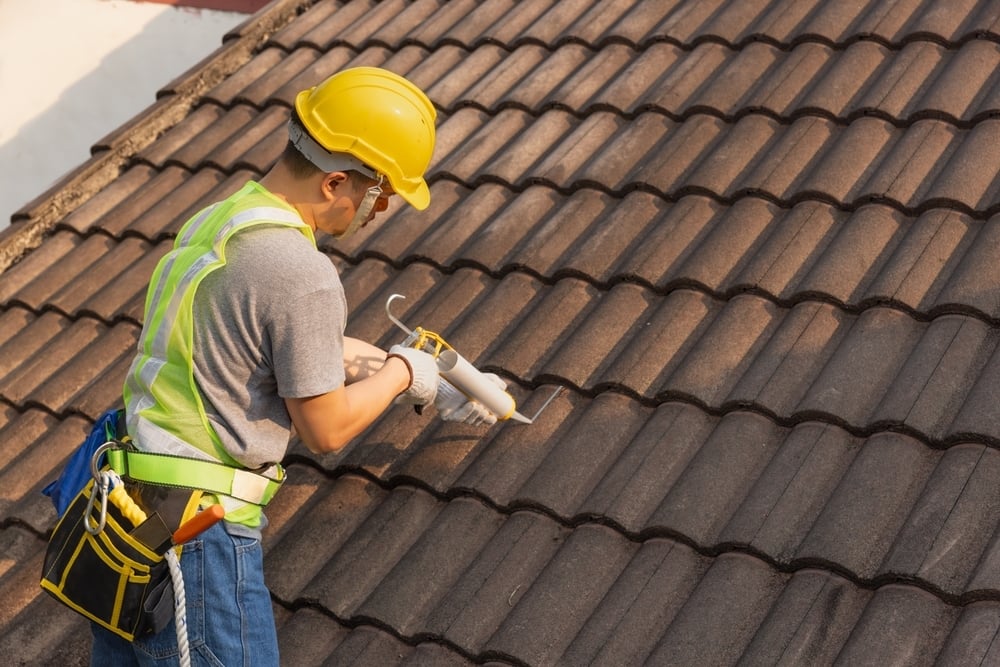
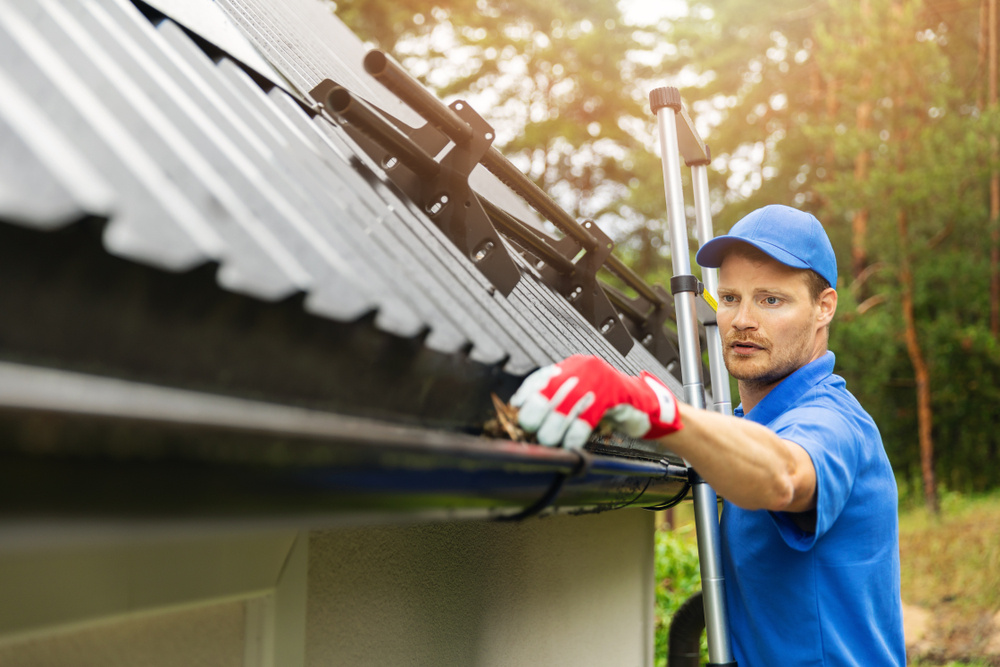

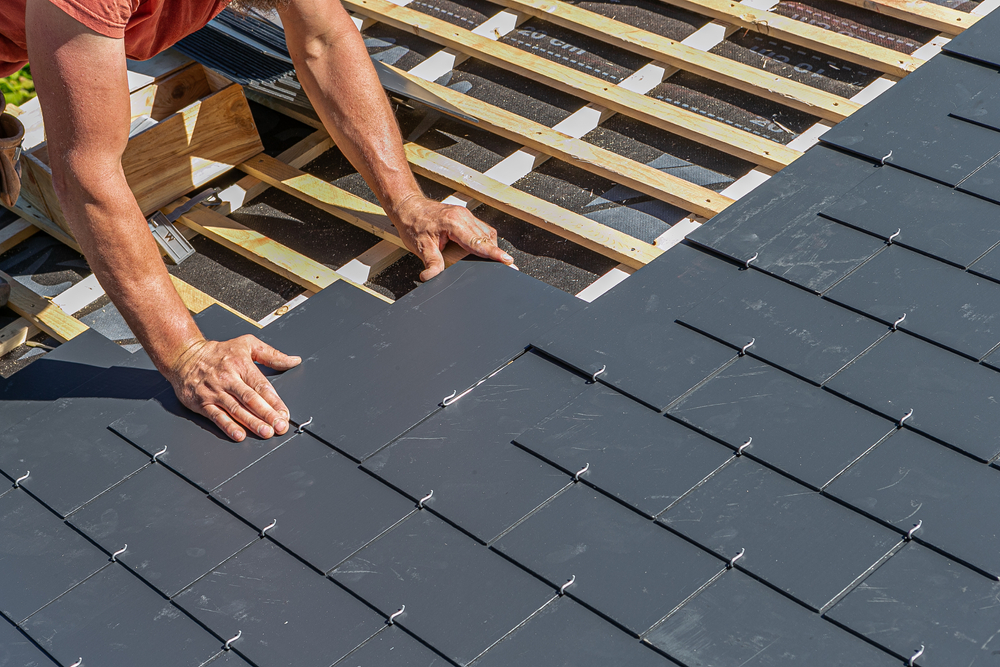
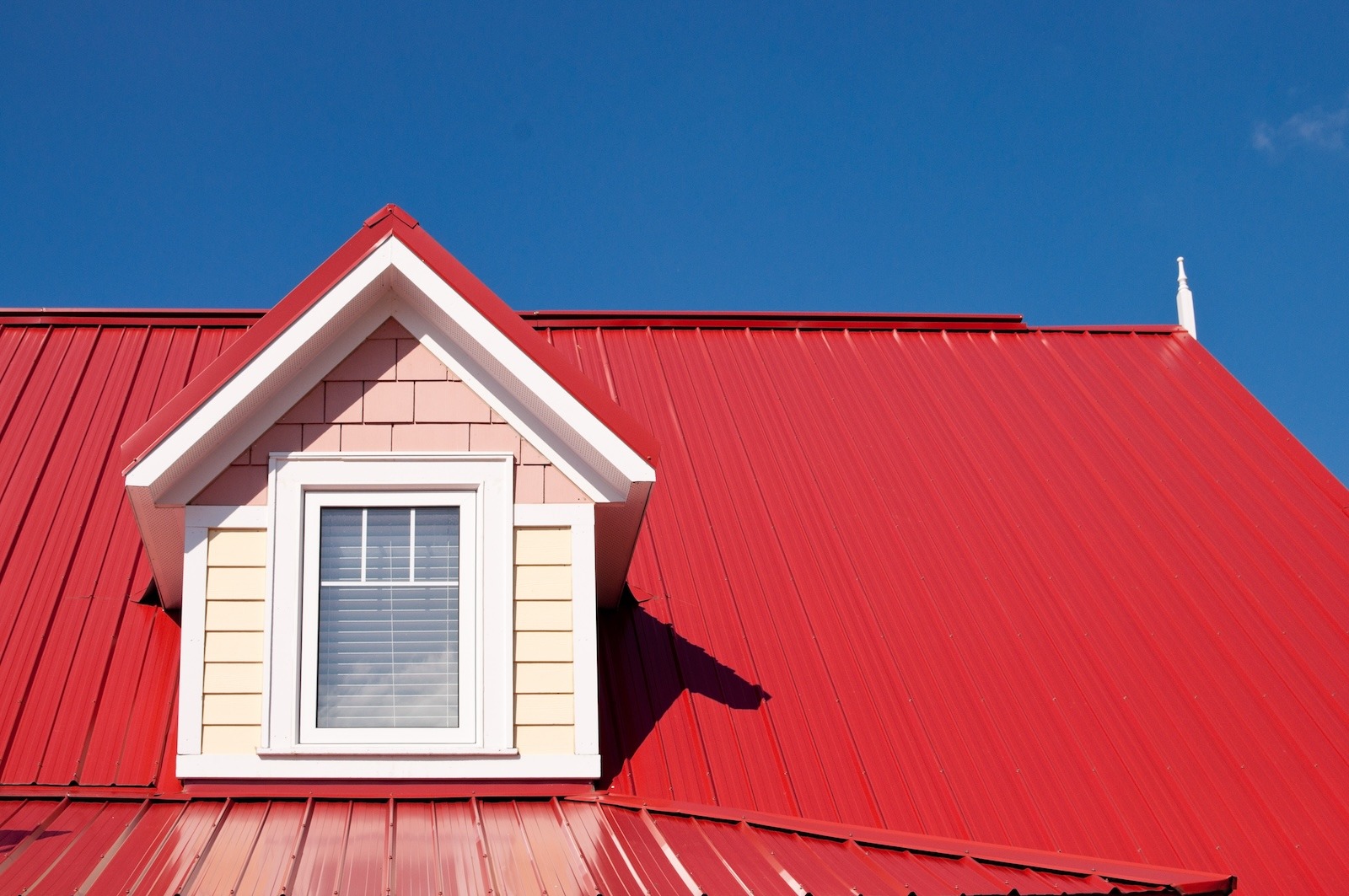
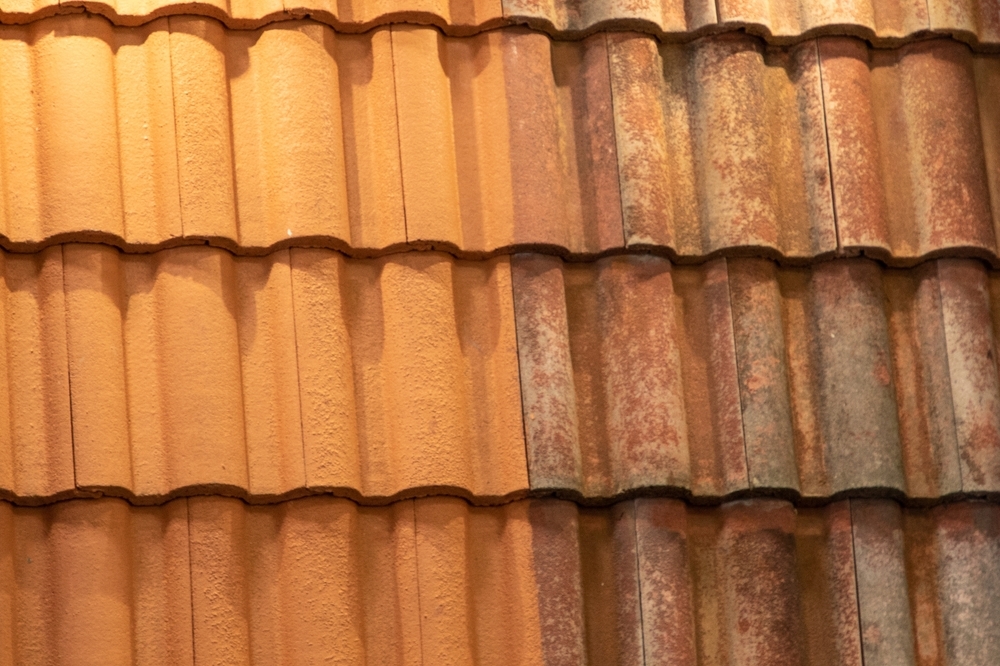
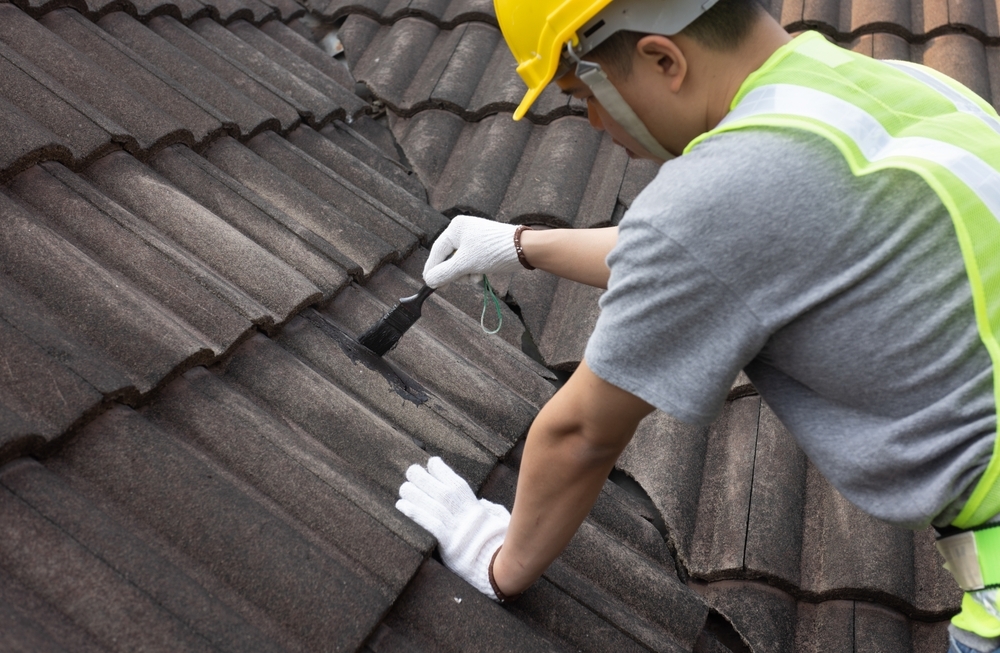
.jpg)
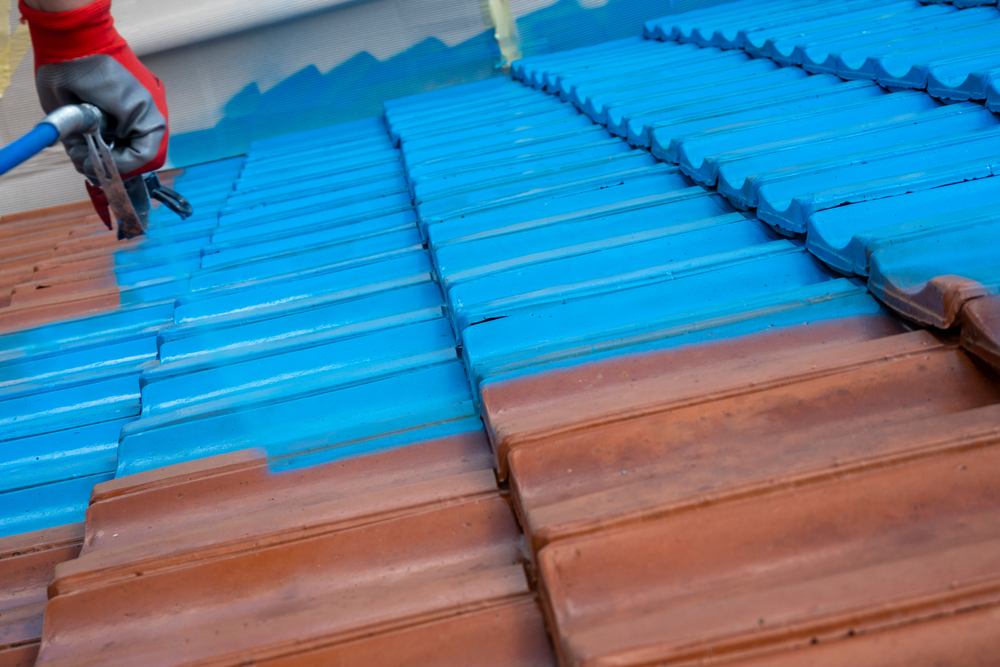
.jpg)
